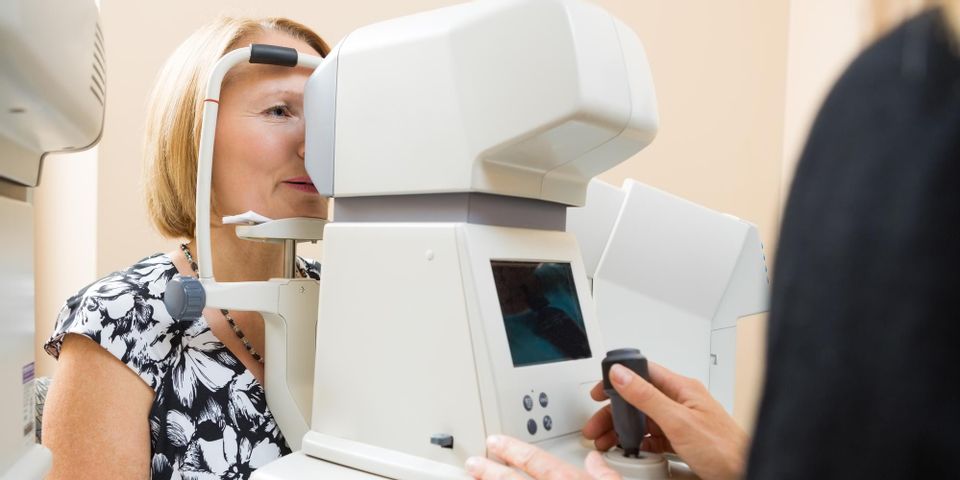5 Facts to Know This Glaucoma Awareness Month

Estimated to impact more than 2.7 million Americans, glaucoma is a leading cause of vision loss in the United States. And while this eye disease—typically caused by excessive pressure on the optic nerve—is prevalent today, it is only projected to become more common in coming years. Fortunately, being equipped with the right information can help you prevent, detect, and treat this condition. In honor of Glaucoma Awareness Month this January, here are five important facts you should know about it.
Facts Everyone Should Know About Glaucoma
1. Every Person Is at Risk
Any person can develop glaucoma, making it an important condition that everyone should stay aware of. However, certain individuals do have a higher risk of developing the disease—including adults over 40, women, African Americans, and those with diabetes. If you have these risk factors, speak with an eye doctor about the best screening recommendations for you.
2. There Are Two Main Types
Occurring in about 90% of affected patients, open-angle glaucoma is the most common form of the disease. It occurs gradually, as drainage canals in the eye become clogged. This blockage leads to a fluid buildup that puts pressure on the optic nerve.
Angle-closure glaucoma is less common and comes on more suddenly than open-angle cases. Caused by sudden blockage of the drainage canals, this condition is characterized by severe eye pain, excessive tears, blurry vision, nausea, and headaches. If you recognize these symptoms, seek emergency care immediately.
3. Optic Nerve Damage Cannot Be Reversed
 Any damage to the optical nerve is permanent, meaning that any vision loss caused by glaucoma cannot be cured. However, with early detection, there are many treatments available to help slow progression of the disease—including medicated eye drops and surgical procedures.
Any damage to the optical nerve is permanent, meaning that any vision loss caused by glaucoma cannot be cured. However, with early detection, there are many treatments available to help slow progression of the disease—including medicated eye drops and surgical procedures.
4. Early Detection Requires Annual Eye Exams
Common symptoms of glaucoma—such as blurry vision, halos appearing near lights, eye pain, and nausea—typically appear in the advanced stages of the disease. In order to catch and treat glaucoma early on, you must visit your eye doctor every year for a comprehensive eye exam. Using special equipment, your provider will measure the pressure in your eye and determine if glaucoma is a risk.
5. Lifestyle Factors Can Help With Prevention
Making certain lifestyle changes can help reduce your risk of glaucoma. Some ways to keep your eye pressure in check include not smoking, maintaining a healthy weight through diet and exercise, keeping stable blood pressure levels, and wearing sunglasses outdoors.
If you’re concerned about your glaucoma risk, Blue Earth Valley Clinic is equipped to provide comprehensive eye exams to residents of Faribault County. Located in Blue Earth, MN, this vision center utilizes advanced tools to screen for numerous eye diseases—including glaucoma, diabetic retinopathy, and cataracts. When necessary, this compassionate provider will help you explore prevention and treatment options designed to protect your sight. For more information on these vision services, visit this local optometrist online. To schedule a convenient appointment, call (507) 526-2222.
About the Business
Have a question? Ask the experts!
Send your question

